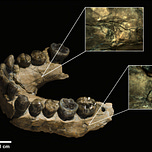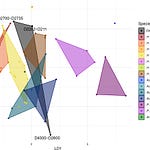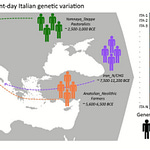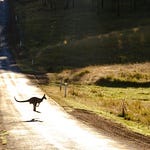The Myth of the First Human Predator
For decades, Homo habilis has been cast as the first great hunter in human evolution—the species that tipped the balance from prey to predator. Oldowan stone tools, butchered animal bones, and the idea of a “handy man” seemed to support this. But fresh evidence from Tanzania’s Olduvai Gorge challenges that picture.
“The implications of this are major, since it shows that Homo habilis was still more of a prey than a predator,” the authors write.
The research team led by Marina Vegara-Riquelme, Enrique Baquedano, and Manuel Domínguez-Rodrigo used high-resolution imaging and deep learning models to examine fossilized tooth marks on two H. habilis individuals—known as OH 7 and OH 65. Their analysis, published in the Annals of the New York Academy of Sciences1, suggests that leopards—not hyenas or crocodiles—made the marks.











